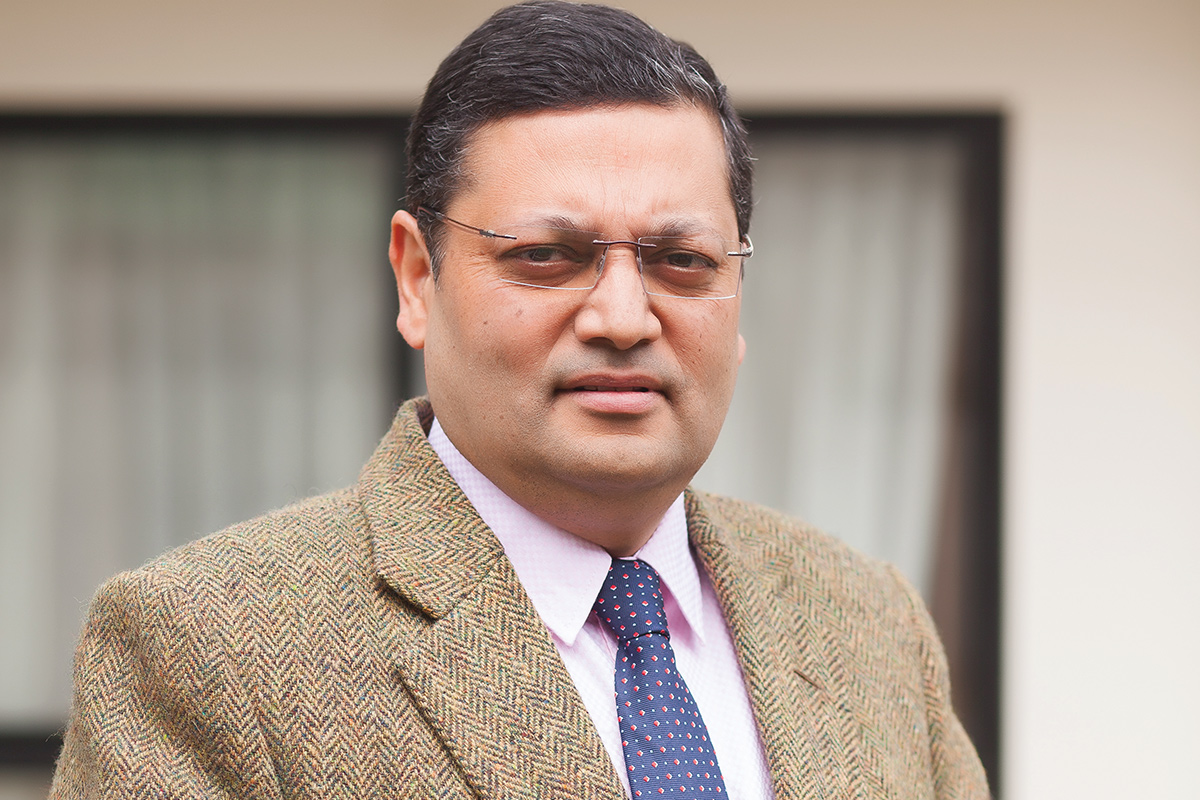
Jiten Ranjit is the Account Director at Avani Advertising. Having worked with a number of advertisings firms, Ranjit is well versed in the world of advertising, marketing and creating brands. Avani Advertising is equipped with a highly experienced creative team as well as client servicing professionals. They were the recipients of the most number of gold awards at the Crity Awards which also included the Best Director TVC award this year. In a conversation with B360, Ranjit talks about his thoughts on leadership. Excerpts:
What’s your definition of leadership?
Leadership is the act of having a clear vision towards achieving a common goal by being part of the team.
Whose leadership skills you admire the most?
I admire almost everyone that I meet in my everyday life. Every single person is a hero in their own life; I listen to them and I get inspired.
How do you encourage creative thinking within your organisation?
Creativity is inherent and only requires the process of discovering. I motivate my team by making them feel how important their inputs are in shaping the big ideas. And then, I listen to them. It is up to you how you utilise their ideas but by listening and appreciating their efforts, you give them motivation and confidence.
Are there any fundamental differences between male and a female leadership?
Although the goals are same, the thought process is different, the approach is different. It gives a completely different perspective when you have a female leader or a female member in your team. In addition, they have a keen sense of looking at things in micro details as a fine artist which brings perfection. A female member in the team creates a balanced approach and hence the output is dynamic.
What are the keys to developing the next generation of leaders?
There are many keys in fact. But one of the biggest keys is ‘passion’. The academics are just the qualifier; the positive attitude, dedication and conviction about your idea play a more important role.
Leadership Mantra
Research, homework, the ability to visualise and convert ideas into action are what I would recommend. It is not just about being dynamic and versatile; it is about being wise and honest. Act what you preach. There will be people looking up to you; they will follow you only when they respect you and your ideas.
What do you do to ensure that you continue to grow and develop as a leader?
Great ideas don’t always have to come from the boss, it’s a team effort. Always be open to new ideas and have the capacity to visualise those little sparks by putting them together and making it happen. It’s just like playing Legos. All those little blocks spark your ideas. But you need lots of them and in different types. Legos coming in different types enable you to think differently to make interesting shapes. All you need is to keep exploring newer avenues.
How should a leader handle crisis in the organisation?
When you react, make sure that you have a well-planned strategy and enough resources. Above all, your confidence plays a vital role.
Please share one of the crisis management incident at Avani and your role in it?
Well honestly, in our profession managing a crisis situation is an everyday affair. Every time we receive a brief from a client, we enter into a new territory of creativity and execution. And the biggest challenge will always remain as to how to make it interesting and impactful.
It was during the TVC shoot of Honda Celebrating 50 Years tvc. We had to manage taking our shooting team plus 35 bikers riding all the way from Kathmandu to Jomsom. As we always say, expect the unexpected, despite of a rigorous planning and preparation, two bikers were injured and the new bikes were dented. The team reached Jomsom but the weather condition was not right for the shoot. The production manager was worried about the additional cost if they had to stay back longer. And on the other hand, I had to ensure that the shooting team was not mentally affected by these unavoidable circumstances. As a team head, my role was to initiate my team to get the best opinion, identify the best available resources, expedite the work and bring it back in action. Finally, the massive shoot completed smoothly even in those bumpy situations.


-(1)-1752214965.jpg)
-1744698999.jpg)
